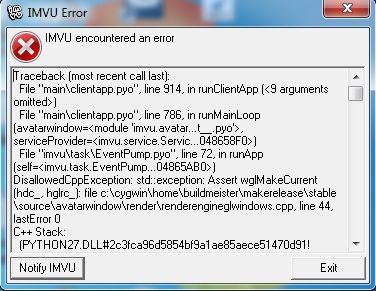

Within those three physical forms are some crucial variations, though. You'll see them in three main physical forms: (1) 2.5-inch drives, (2) M.2 drives, and (3) add-in-board (AIB) SSDs. On average (because of the limitations of current bus technology), the higher end of the sequential speed spectrum you should expect to see over the fastest current interfaces (Thunderbolt 3 or USB 3.2 Gen 2x2) is in the range of 2,500 megabytes per second (MBps) for reads and 2,000MBps for writes. Most are built for portability, with some small enough to fit on a keychain. But it's good to know some nuances regarding how fast each kind can be.Įxternal SSDs are drives with their own standalone enclosures, which plug into your laptop or desktop via a USB cable or (less commonly) a Thunderbolt 3 cable. "Internal" means the drive goes inside a desktop PC's or laptop's chassis, while "external" means it connects to a computer via a cable. Most of what you need to know is obvious from the name. This guide will help you sort through the different (and often confusing) terminologies associated with SSDs, as well as learn what you need to know when it comes to pricing, speeds, durability, warranty durations, and more.įirst, some context on the difference between internal and external SSDs.

How to Block Robotexts and Spam Messages.


 0 kommentar(er)
0 kommentar(er)
